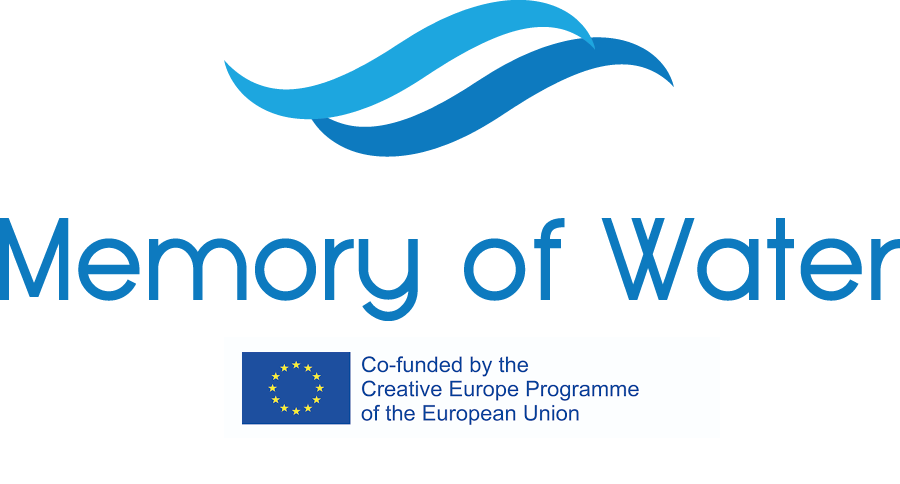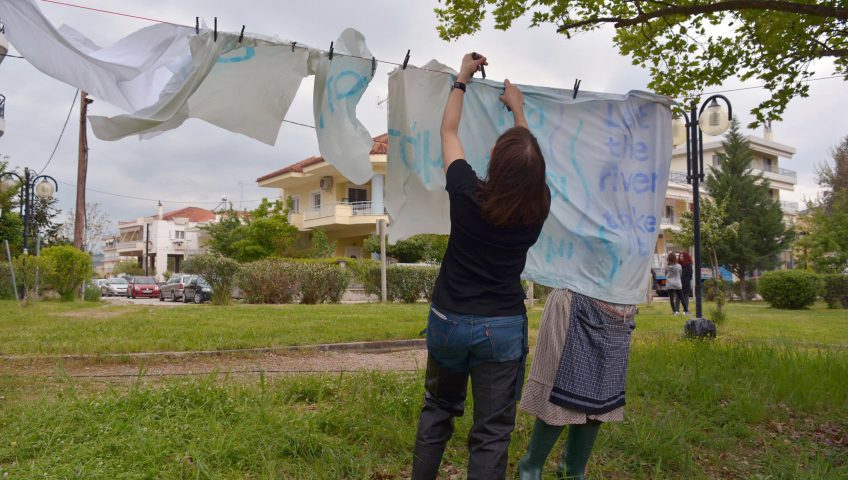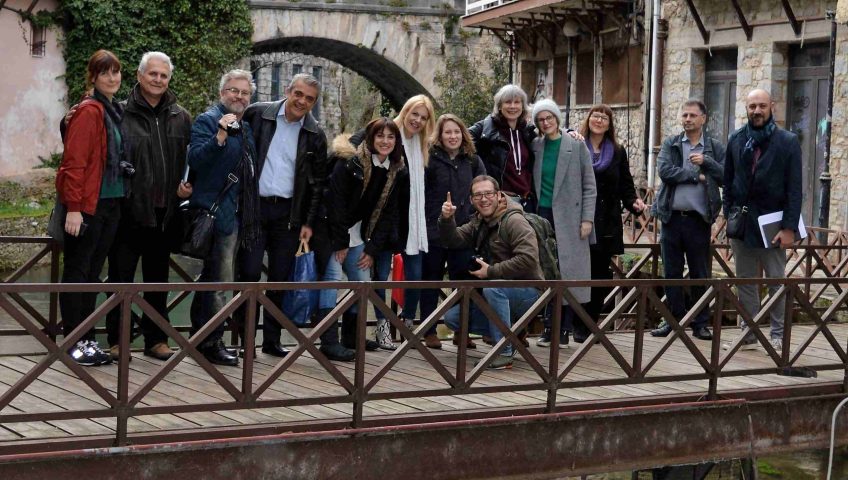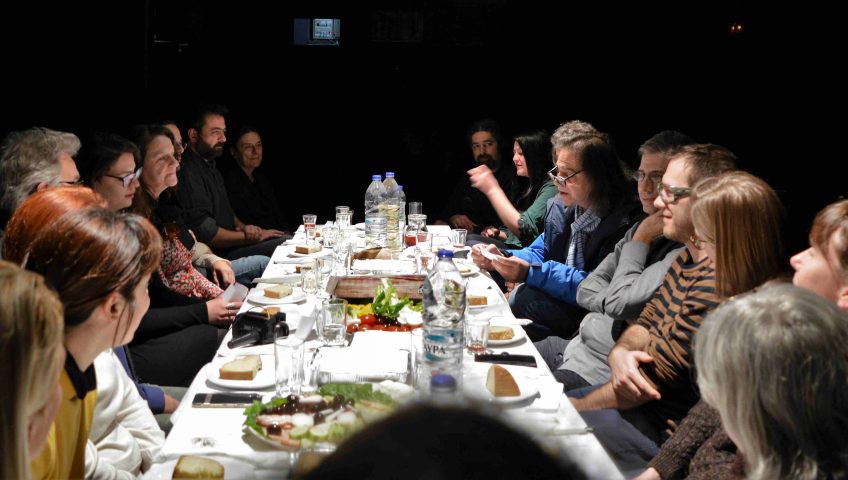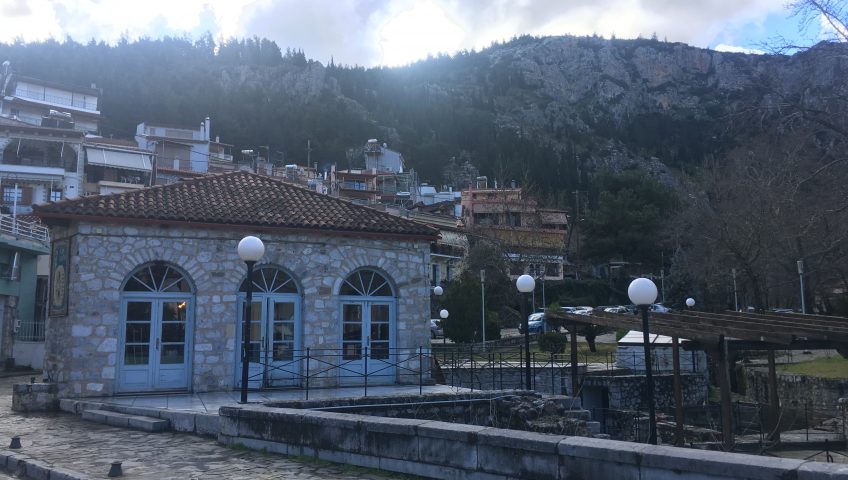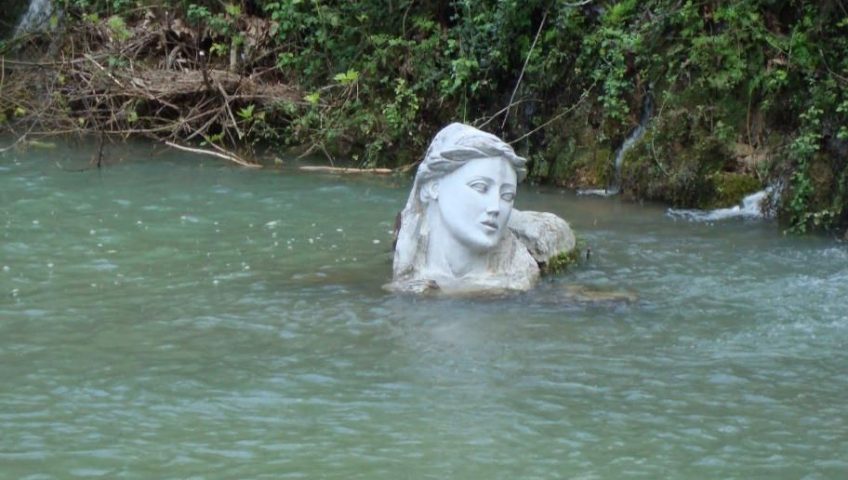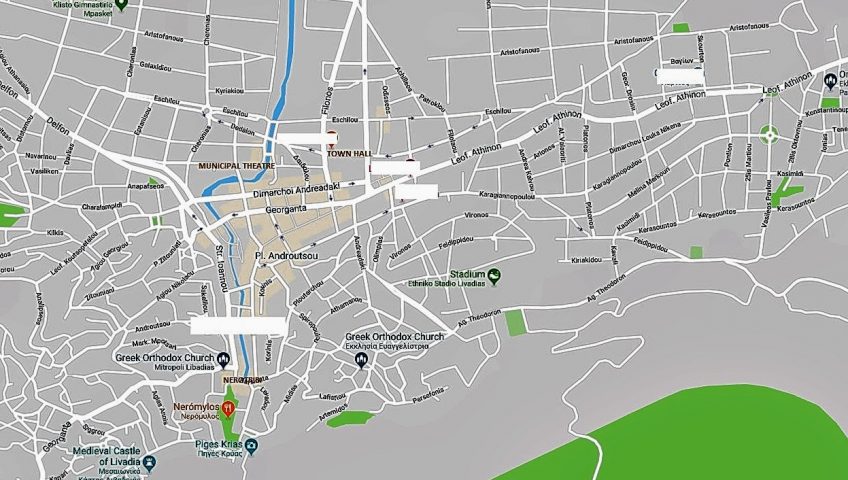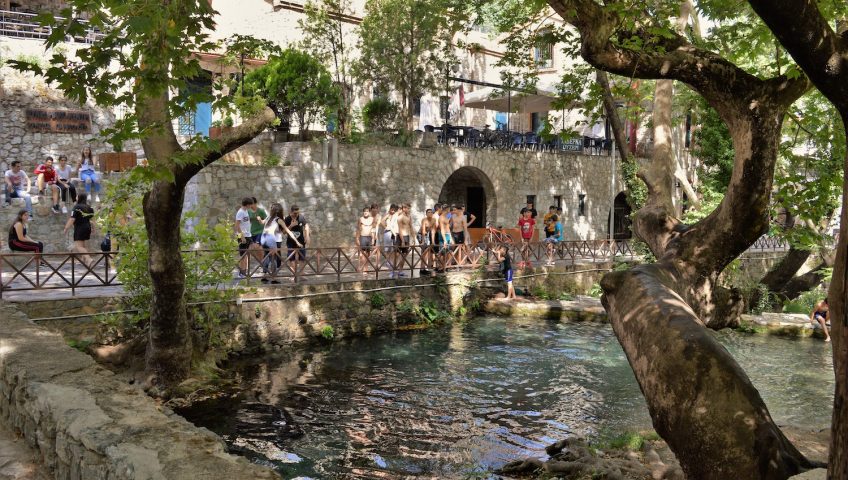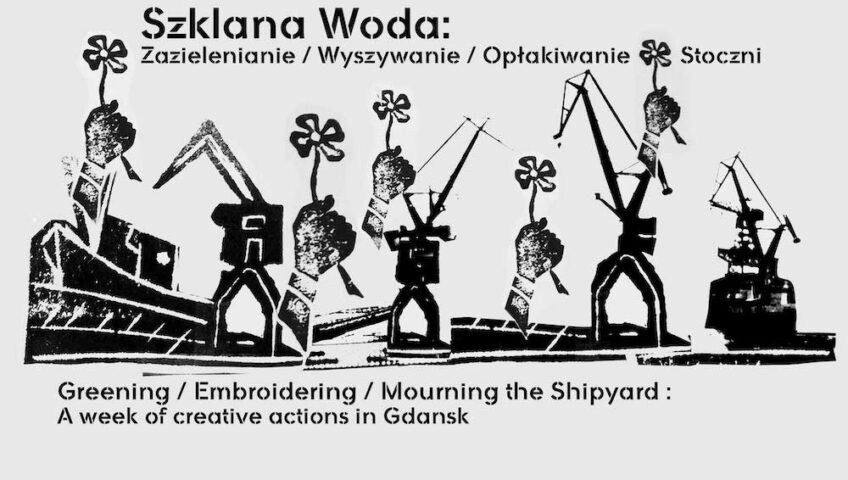
Reflection: Glass Water
Glass Water / Szklana Woda was a series of actions designed to highlight the intangible aspects of the former Lenin/Imperial Shipyard, inspired by former workers, particularly women pipe insulators. I collaborated with local people and organisations over the week (13-19 October) to enact or activate different aspects of the shipyard’s histories. Glass Water had three distinct strands, comprised of different actions and events: Greening the Shipyard, Embroidering the Shipyard, and Mourning the Shipyard (Zazielenianie Stoczni, Wyszywanie Stoczni, Opłakiwanie Stoczni).
